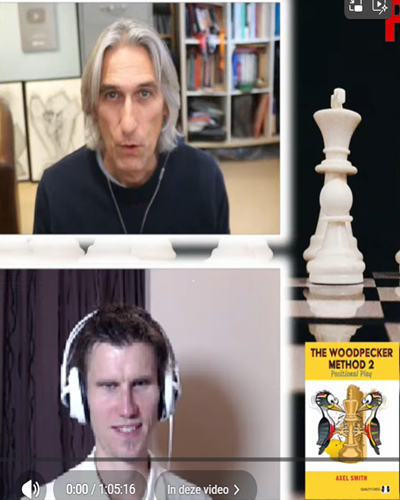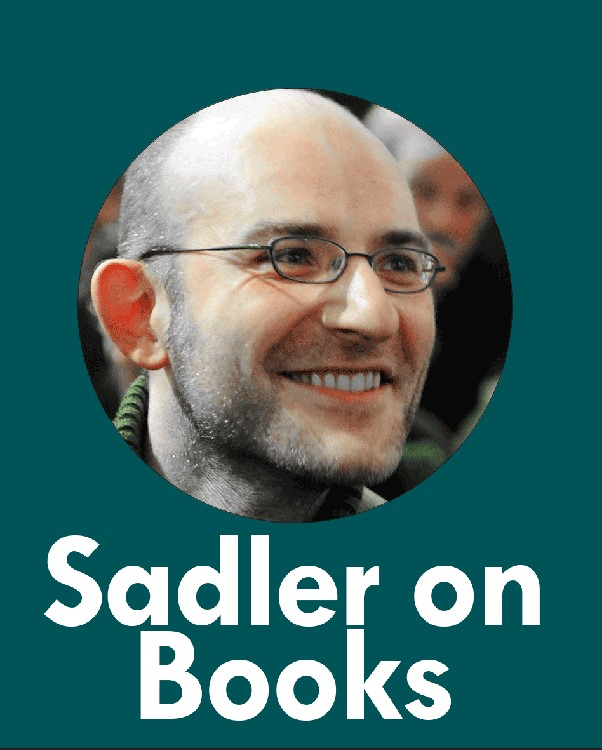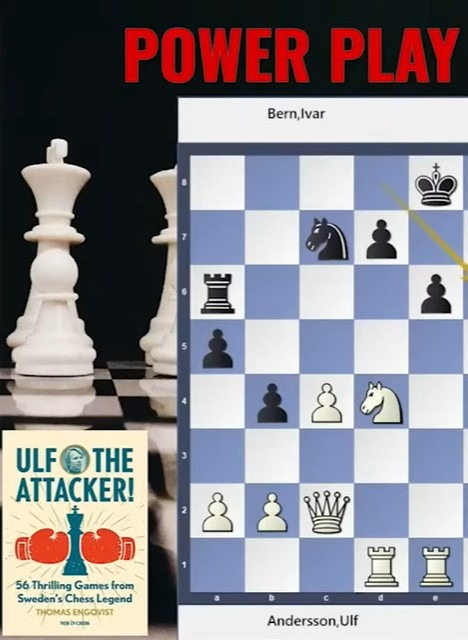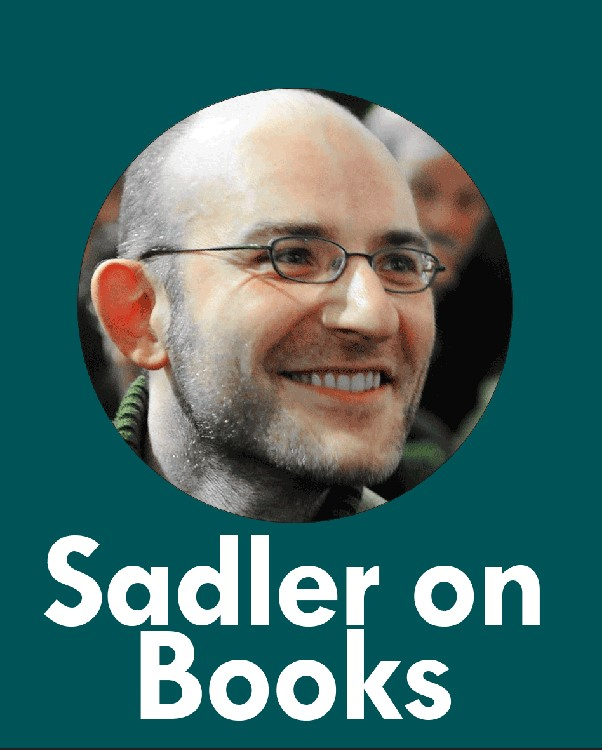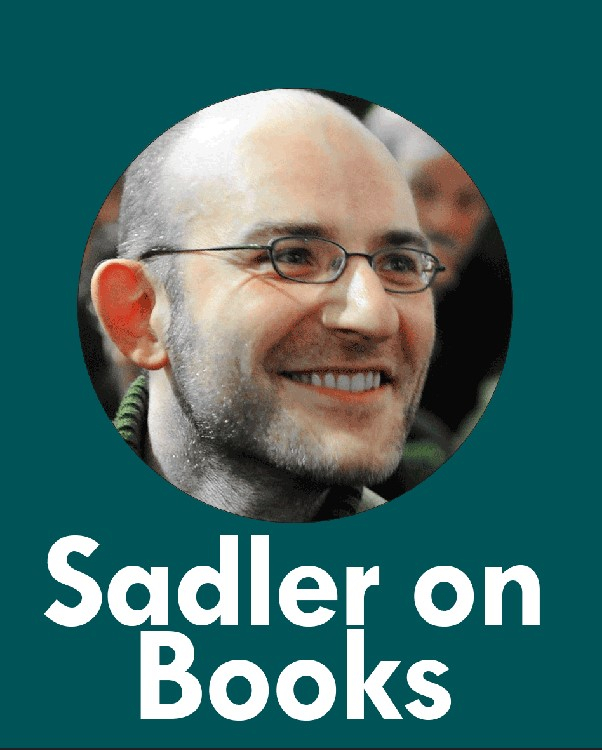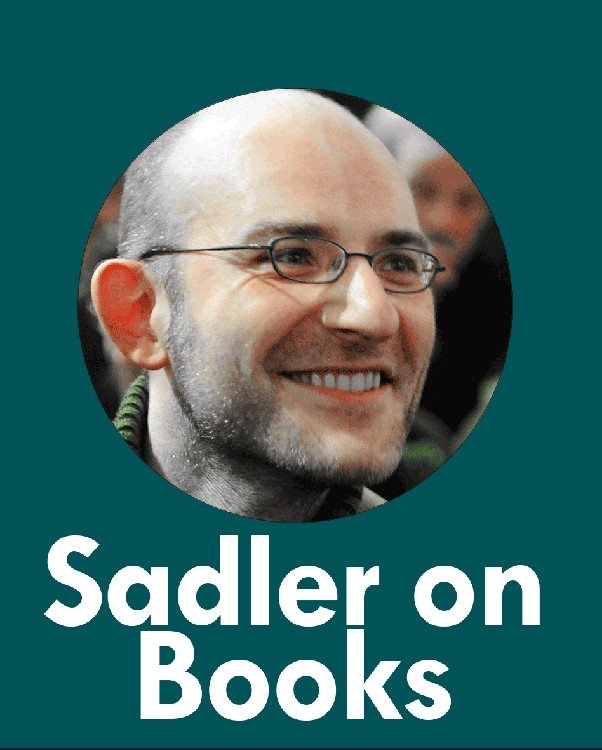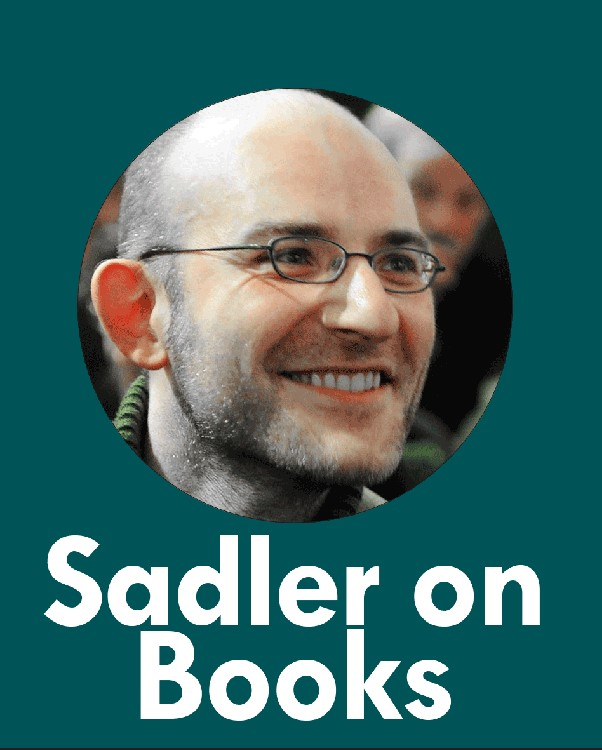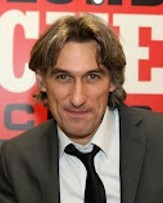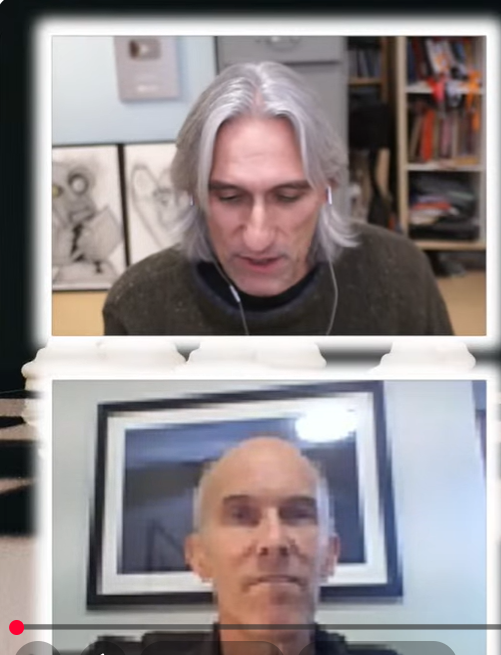
The Real Paul Morphy on PowerPlayChess!
GM Daniel King publishes a variety of interesting chess materials on his YouTube channel PowerPlayChess, ranging from puzzles to book reviews. Recently, he interviewed our author Charles Hertan about his biography of perhaps the most enigmatic chess player in history: Paul Morphy. Watch the interview below, or click here to watch it on YouTube!
